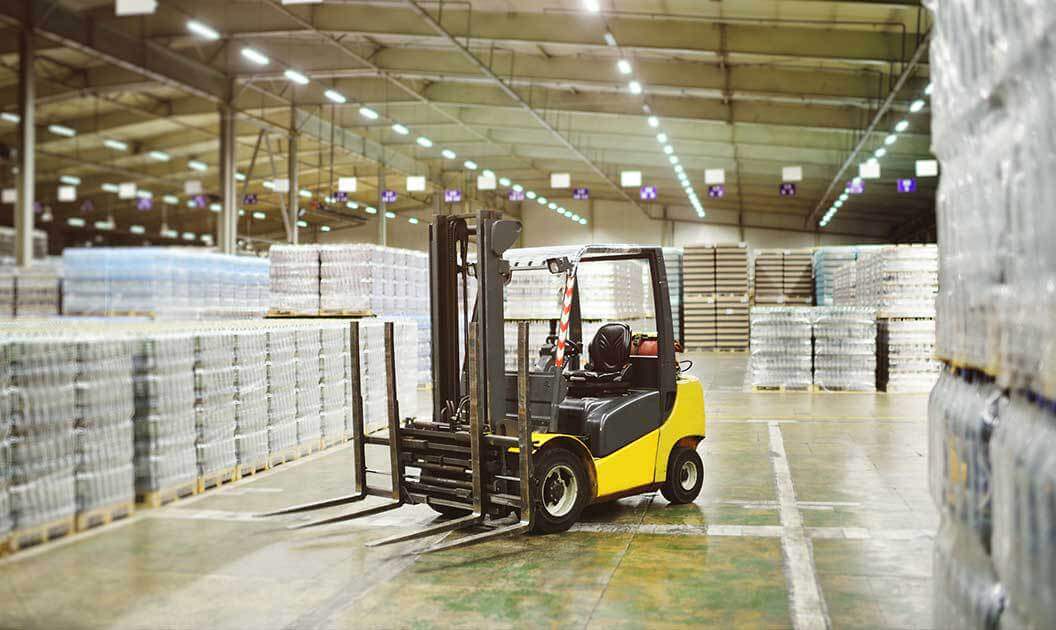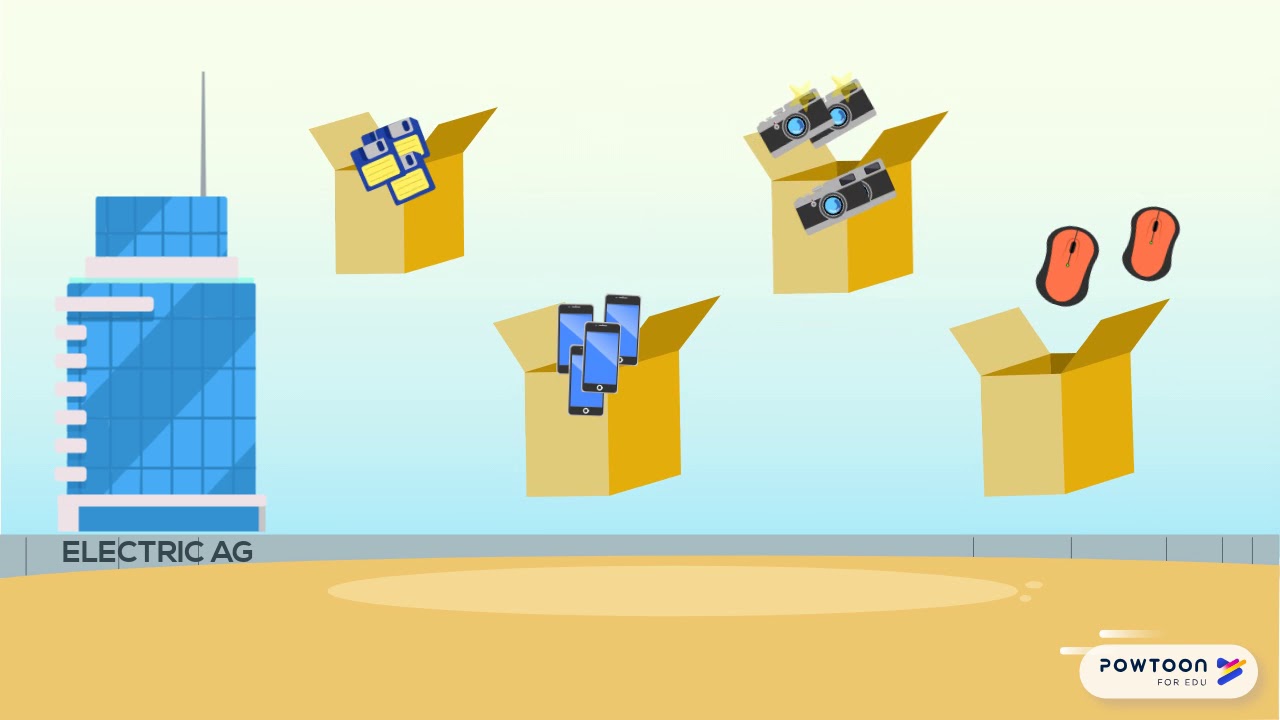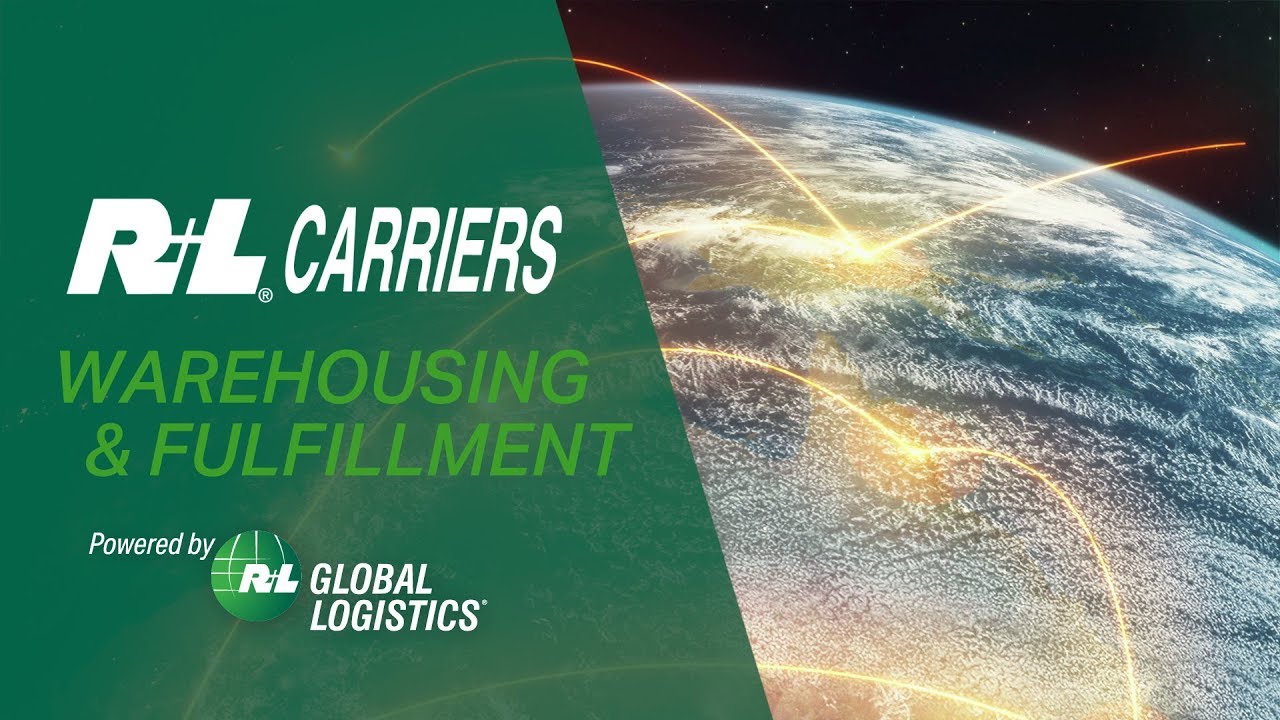Cross docking services are a logistical solution that showcases how accuracy and expediency are the two most significant factors in shipping goods to consumers in today's market. Traditional warehousing methods are falling by the wayside in favor of newer and more efficient means.
Cross docking services streamline warehousing and shipping operations by eliminating the need for direct warehousing. The cross dock facility reroutes goods from one truck to another without the need for keeping a held inventory.
This article will give you an insight into what cross docking services are and how they can benefit you.

What are Cross Docking Services?
Cross docking operations transfer goods from one truck to another without direct warehousing, saving time and money. Products get unloaded from a truck where they are then sorted and staged. This process occurs near an open bay for reloading onto an outbound truck. Once the outbound vehicle is loaded, the goods ship to their final destination.
Cross docking warehouse services directly result from minimal storage, saving on storage costs for goods shipped. The turnaround times when using cross docking solutions are also minimal. Most often, the turnaround times are less than 24 hours. The speed of this service results in saved time and costs while providing excellent customer satisfaction.
These services are required to exercise the best in coordinated communication among a carrier or third-party logistics (3PL) partner. Detailed, up-to-the-minute data regarding the load, arrival, pickup, and overall lead times are crucial to a swift turnaround.
Maintaining precise details will prevent compromising the delivery. Any breakdown in this information can be disastrous and disrupt the supply chain. This disruption then breaks the point of the service entirely.
For example, major retail store Target runs its cross docking facility through its distribution center. Target services individual stores regionally with a fast and fluid continuous cross docking service.
Other major retailers have the same distribution method, just like many 3PLs. The only downside to "in-house" services is the limitation of a few distribution centers. A trusted 3PL has more ways to cover the map in more areas.
Market Projection
The market for cross docking services grows exponentially year over year. The adoption rate for cross docking services attributes to various industries such as eCommerce, grocery, and manufacturing, as an example. In a sense, cross docking streamlines operations while showcasing its business efficiency daily.
Projected Market Growth (2020-2030)
| Year | Amount |
| 2020 | $200 Billion in revenue |
| 2030 (projected) | $342 Billion in revenue (projected) |
The compound annual growth rate (CAGR) listed below highlights cross docking services' speed and adoption rate. The service constantly evolves steadily, adapting to market trends, technology, and supply chain frameworks. This table is a projection of the market revenue that will occur between 2020 and 2030 based on exponential growth.
Are Cross Docking Services Needed?
When considering the need for utilizing cross docking services, the biggest question you should ask is, "what kind of turnaround do I need?" A cross docking service becomes the best option if you need your products to flow into any "consumer demand" industry, like clothing or grocery stores.
An example of "required expediency" is seen in An example of "required expediency" is seen in perishable goods. These goods are needed fast to preserve maximum freshness for consumer demand. Cross docking services can move large amounts of goods quickly and cost-effectively.
Cross docking services move with speed, accuracy, and cost reduction in mind. Any business can take advantage of cross docking services and reap the rewards of its methods.
An emphatic yes is the answer when asking if cross docking services are needed. Recent reports have clearly outlined the benefits to cross docking across a wide variety of businesses. The benefits of cross docking services present are clear and indisputable.
Some examples of scenarios where cross docking services provide a direct benefit include:
- Overweight cargo: Goods can be shifted to other vehicles to comply with guidelines quickly.
- Sensitive items: Prevents the storing of goods that may expire over time and ships them quickly.
- Demand Changes: Sourcing goods on demand prevents the loss in value of items while getting them to their customers.
These services are excellent for the supply chain and overall its increased customer satisfaction. With a trusted 3PL, you can take advantage of these incredible services without worrying about warehouse storage and high labor costs.
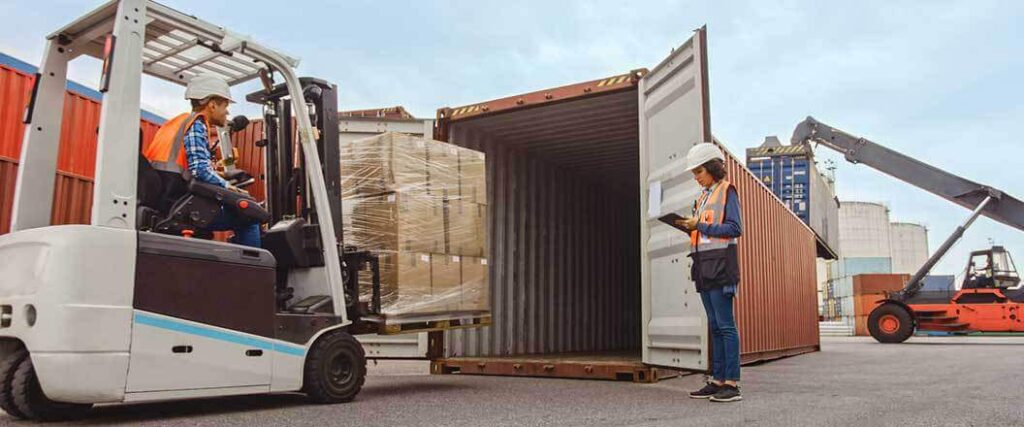
What are the Different Types of Cross Docking Services?
In today's fast-moving economy, the demand for goods and services has never been higher. The need from manufacturers, retailers, and consumers for a fast and accurate shipping solution is at an all-time high. With that said, warehousing and distribution is a complex business. It takes careful planning and precision to execute strategic plans for fulfillment and shipping.
Cross docking services consistently prove that reliability and fast-paced distribution are vital to running a successful business. Various forms of cross docking are available that utilize different transportation methods using a fast assortment system. Depending on the business or industry, a tailored solution for individual needs and factors applies to their unique situation.
Retail Cross Docking
With retail cross docking, the advantages of the service speak for themselves. Traditional warehousing while effective, does not offer anything in the realm of speed, efficiency, or cost-saving in nature.
The following points tap into the reasons for retail cross docking.
- Reduction of required warehouse inventory: Quick inventory turnover allows for greater productivity in even the smallest warehouses. With the rapid growth of eCommerce especially, the need for fast-moving inventory is ever-present.
- Negating the management of stored inventory: The need for deep inventory management is not required. The need for extensive inventory management is no longer necessary with retail cross docking. These services remove the need for extensive stored inventory management, allowing for the fast turnaround of goods. This form of cross docking will enable retailers to get their goods in short order without holding extensive inventories or managing them.
- Supply chain cost reduction: Saving money on the supply chain is a big win for retailers. A significant benefit is the money saved from not managing extensive inventories. There is also direct savings from not hiring extra warehouse staff or keeping finances tied up in stored goods. This measure frees up additional capital for other ventures.
Retail cross docking allows retailers to keep minimal to no stored warehouse inventory. Instead, the products come in from various suppliers and are picked and sorted. Once sorted, pallets get placed on trucks for transport to a retail destination. This service does an excellent job at facilitating the shipment of goods in a fast, fluid, and accurate manner.
Manufacturer Cross Docking
When a manufacturer uses cross docking as part of their supply model. Only the required amount of materials becomes supplied within a short turnaround time.
The manufacturer's distribution site will order components from various sources. Then the site will separate them into pallets within a small window of time. This practice is without the need to hold additional inventory while at the same time shipping them out expediently.
Distributor Cross Docking
When a distribution center orders various products from a wide array of sources. The distribution site then separates and sorts all received products for individual customers. After which, the product gets loaded onto pallets and placed onto outbound trucks.
These trucks get merged into a single less than truckload (LTL) shipment. The LTL shipment proceeds to its final destination. The quick turnaround time allows for a continuous flow of goods without deep warehousing.
Transportation Cross Docking
Transportation cross docking (TCD) is the support and material handling of goods across multiple warehouses or distribution centers. The transfer of goods to an outbound truck through cross docking terminals consolidates inventories. It is important to note that TCD does not handle or support the return of goods.
Examples of TCD applications:
- Consolidation application: This process is when multiple smaller shipments merge into a larger payload for transport.
- Deconsolidation application: This process is when larger shipments break down into less significant pallets for more effortless loading.
- Hub and Spoke application: This process occurs when goods ship to a TCD for sorting and dispatching to multiple locations.
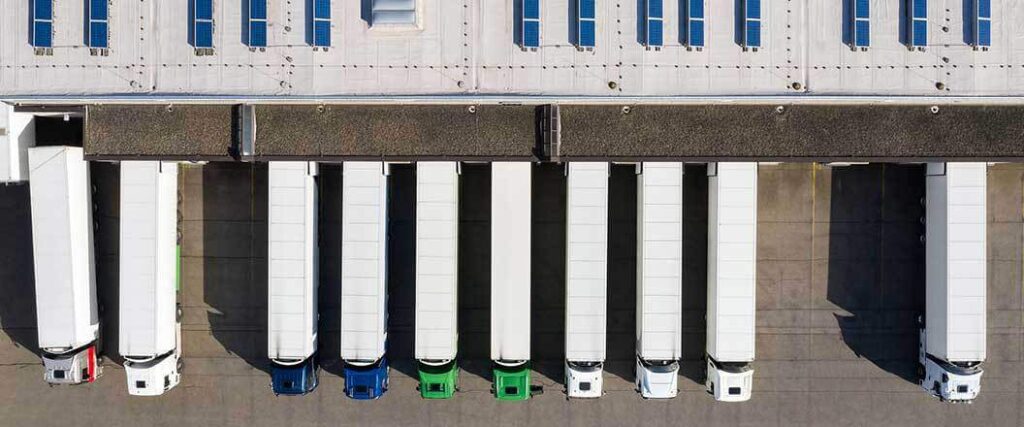
Cross Dock Environment
A cross dock environment is a logistical operation that maximizes the speed at which freight is moved and routed to businesses all over the country. Besides the utilization of truckload freight, there are other options surrounding air, sea, and rail transport solutions.
- Air: Whenever a facility is located near an airport, these facilities can acquire larger loads with a reliably frequent schedule to load and unload goods closer to air access.
- Sea: Cross docking warehouses that are located near ocean ports give truckloads the advantage of minimizing travel distance while increasing the rate at which trucks are loaded and unloaded.
- Rail: When a cross dock facility has rail siding it allows for rail transport to be integrated into a cross-docking solution which increases inbound and outbound loads exponentially.
The advantages of having air and ocean port access are obvious. When you reduce the distance that a driver needs to travel - in this case, an airport or an ocean port - freight can be transferred directly to another transport vehicle, allowing the original truck to return to the airport or ocean port for another run.
Rail Siding
Rail siding is perhaps the strongest ally for a cross docking warehouse due to the ability of a rail line to hold exponentially greater loads in a single trip. This concept reduces cost from multiple incoming truckloads and increases speed and efficiency.
With rail siding at a cross dock warehouse location, the advantages are numerous. The lowered costs are associated with the transportation of goods, shipping in larger bulk in the same load, no need for short haul trucking, and a greater reduction in a carbon footprint.
The Pros and Cons of Cross Docking Services
Cross docking services are without a doubt a fantastic option for anyone considering this service. However, careful and detailed planning is required for a cross docking terminal to be proficient and precise.
Pros:
- Minimal storage space needed
- Large scale warehousing is not required
- Reduced labor costs
- Reduced material handling
- Optimized transport loads
- More convenient to screen goods for quality
- Little to no product devaluation or expiration
- Fast turnover times in receivership/delivery
Cons:
- Detailed coordination and planning requirement
- Reliable on-time shipping from suppliers
- High volumes of product are required for smooth operation
- Reliable carriers are needed at all times
The benefits of using cross docking services are self-evident. Some examples include lowering warehousing costs, cutting back on product-related pitfalls, and shipping cargo faster. With all of that said, there are definite pros and cons to cross docking services. The following outlines some key positives and negatives when considering cross docking services.
Which Cross Docking Service Should You Choose?
As outlined above, cross docking services base themselves on a business type. When choosing a cross docking service, it is relative to the kind of business that is seeking the service. Whether you are a retailer, manufacturer, or distributor, a cross docking services solution is just waiting for your implementation.
A 3PL is ultimately the best way to pursue the advantages of cross docking services. These services will generate new revenue and improve your business's functionality by streamlining it into a more efficient and expedient one. Regardless of the service required, a trusted 3PL can assist in turning your business into a leaner and faster machine.
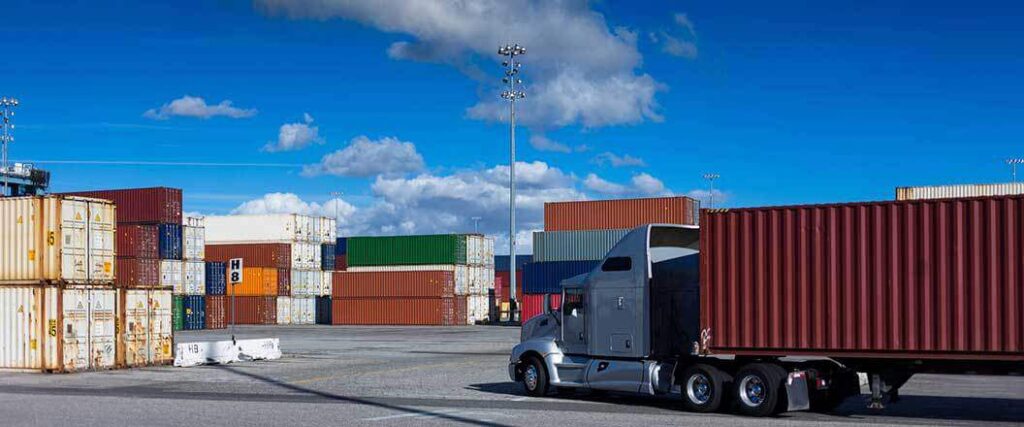
How Much Do Cross Docking Services Cost?
The costs of cross docking services will vary depending on the service you select and the 3PL you choose. The following expenditures you have will reduce in price or eliminate themselves from the equation altogether.
- Transportation Costs: These are costs that stem from transport times and shipping times.
- Storage Costs: These are costs spent in storage space, which quickly adds to wasteful spending.
- Carried inventory costs: The costs can mount when managing, securing, counting, and insuring a goods-based inventory.
- Shrinkage Costs: The damage, expiration, and inventory theft add to shrinkage costs.
The best way to understand the costs of cross docking is to understand the efficiency and savings of its service. Transportation costs become slashed due to reduced shipping time from start to finish. Storage costs decrease due to the temporary storage of goods versus long-term storage.
The carried inventory costs are minimal because only what is needed is ordered. Shrinkage costs are minimal due to the turnaround time with cross docking services. Cross docking services will streamline your business and generate additional revenue. It will also create other opportunities to expand your business and increase proficiency.
Take the overall cost as it stands before using cross docking services. Then subtract that from what you are paying with cross docking services. You will then see savings you never thought possible.
Streamline Your Cross Docking With Transload Services USA
With cross docking services through R+L Global Logistics, many solutions are available and tailored to your individual needs. These solutions are here to help facilitate your business. The benefits outline and present an apparent reason for integrating cross docking services today.
With strategic locations, a reliable workforce, and an unmatched service for our customers, R+L Global Logistics works overtime for our customers. We guarantee customers a gold standard in cross dock & fulfillment solutions.
Our full suite of services includes:
R+L Global Logistics offers the best in cross docking services with sharp attention to detail for any situation. Our team of experts can assist with any problem. We can set you up with a cross docking service through our fulfillment and distribution services. Give us a call at (352) 282-4588 or contact us online to speak with a consultant to get your cross docking future jump-started today!

